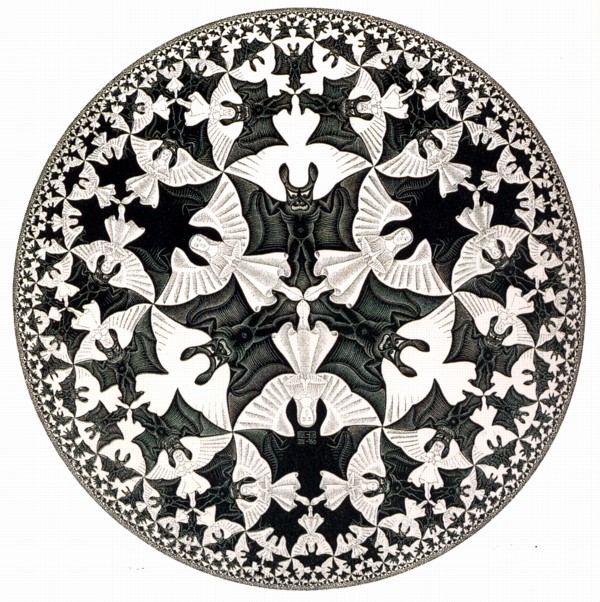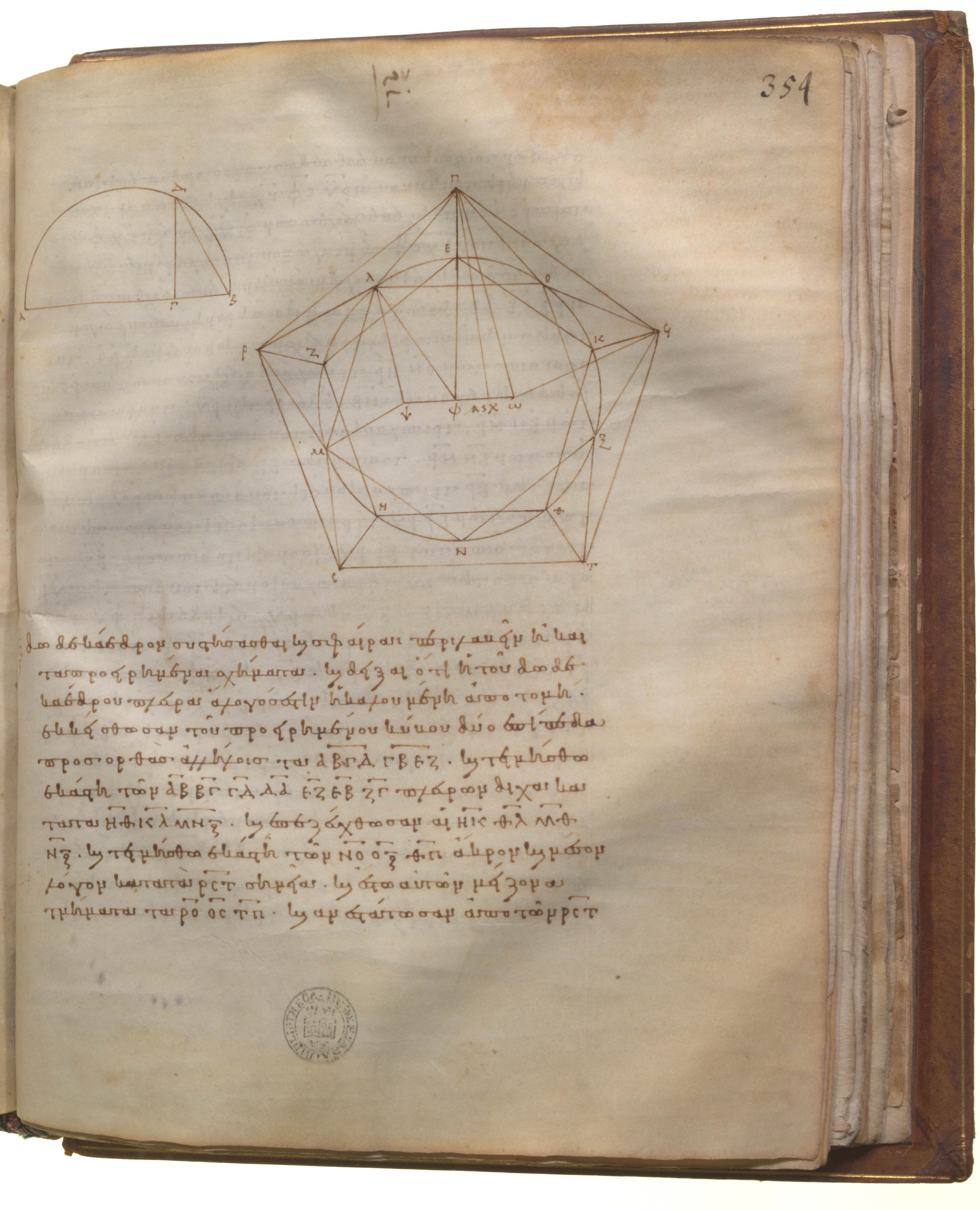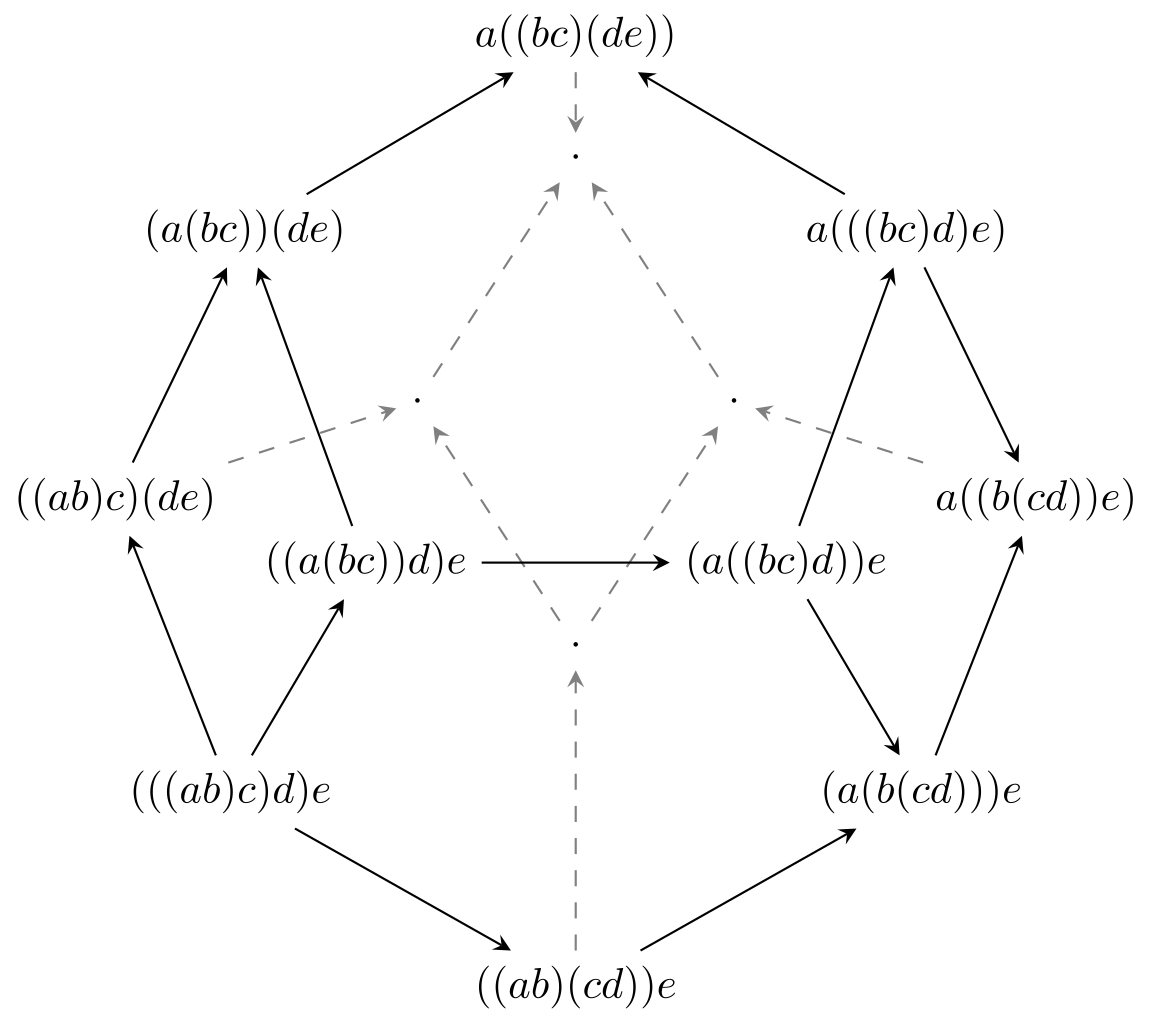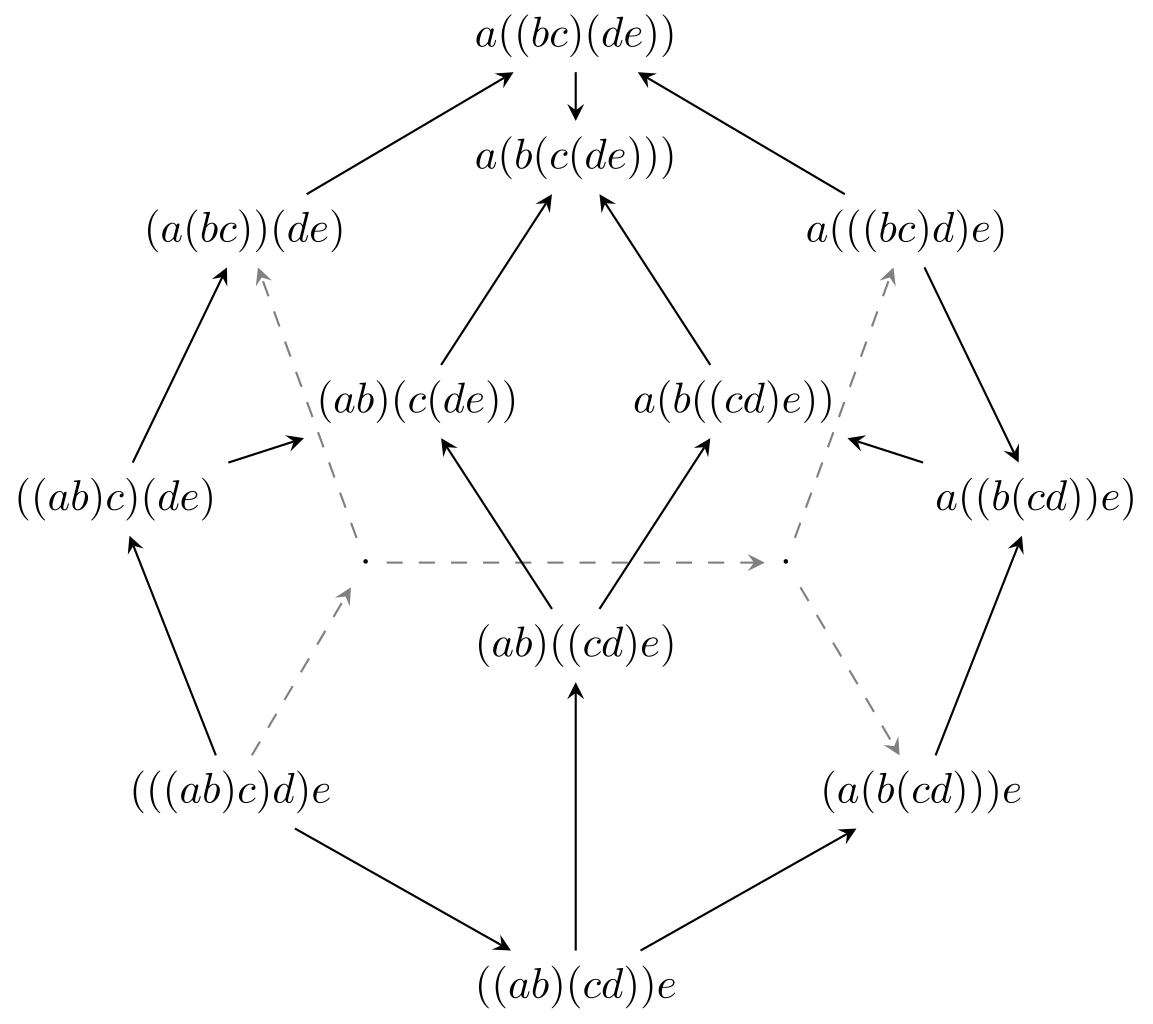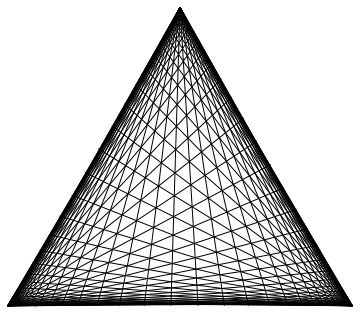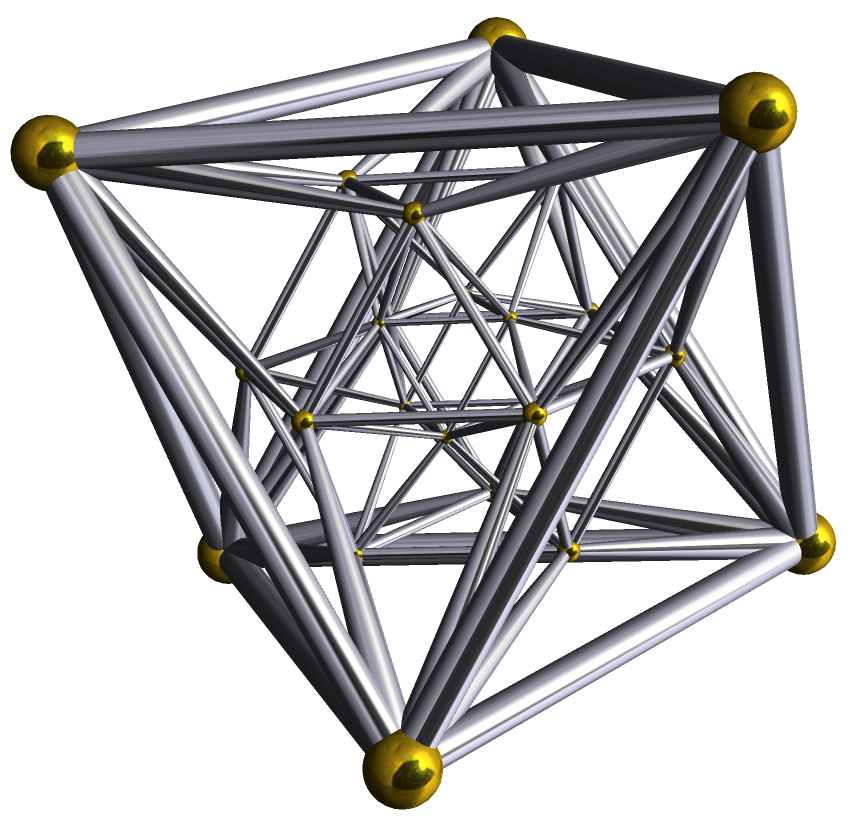Course Notes With your aid, I will be compiling a set of notes for the
course. For the first month, I believe my notes from last time will
be adequate. However, I want to improve them. Therefore, each
problem set will solicit requests for improvement.
After that, we will move to new material, which I will require you to
record notes for. In past courses, students have found this very
helpful, and I find it very helpful in my teaching. Those notes can be
found here.
All students will
be required to take turns scribing notes for this file. When it is
your turn to scribe, download the template
file and write in a summary of what happened in class that
day. Then e-mail it to me. The deadline for editing the
update is 24 hours after the lecture. I will, in
turn, proofread and edit your entries in the next 24 hours and post
them back to this webpage, so that the class always has a good record
of what we have covered. You are welcome to download and read the
source of the notes (and the source
of the first month's notes) but please do your
writing in the template file; my experience is that it is easier for
me to resolve merge conflicts when I copy your text into the master
file than if you edit the master file directly.
If you do not know LaTeX, you should learn! I can suggest sources; I
also find TeX.stackexchange incredibly
useful for specific questions.
I anticipate that this course will be image heavy. If you do not
feel up to creating sophisticated figures, feel free to handdraw and
scan images. Also, if I have brought an image to class in a digital
format, feel free to ask me for a copy of it.
If you have forgetten when you are scheduled to scribe, you
can check here.
|
